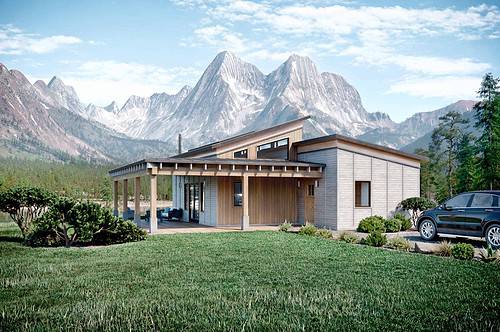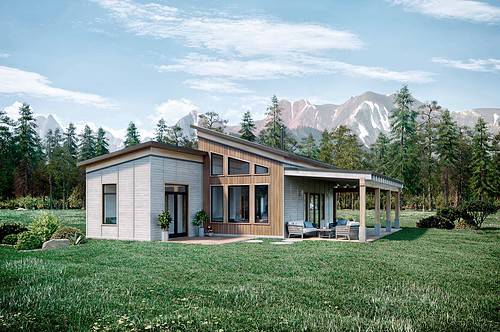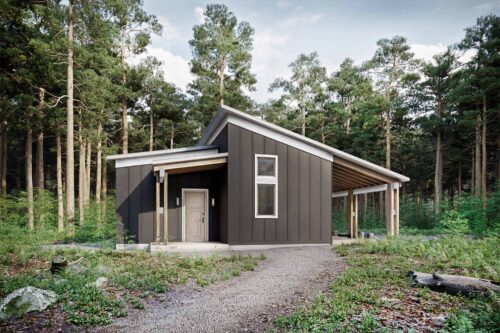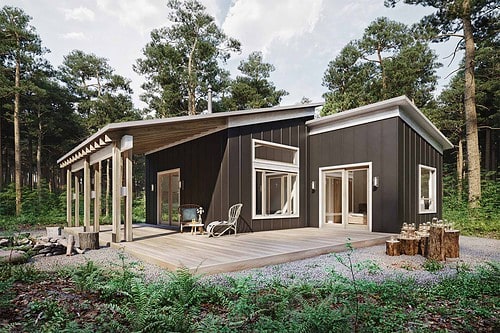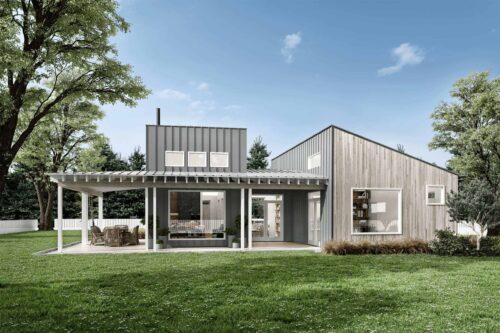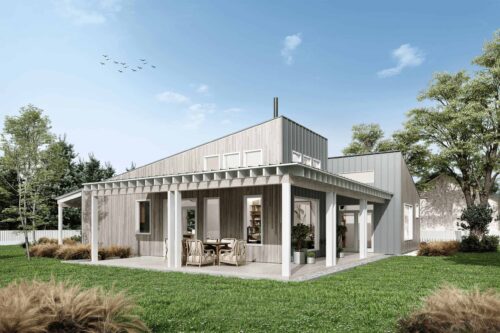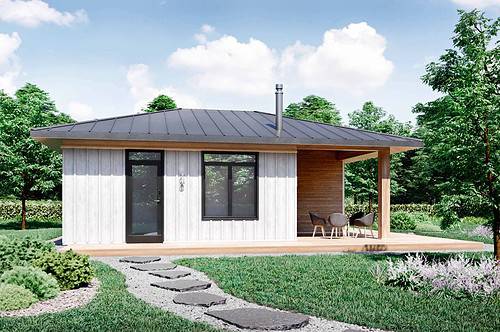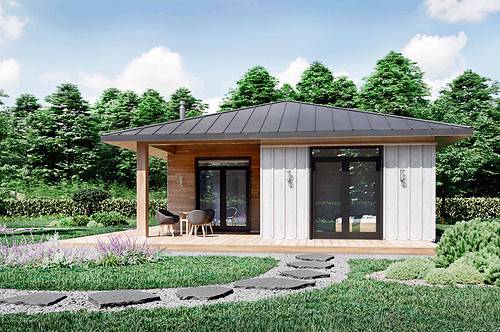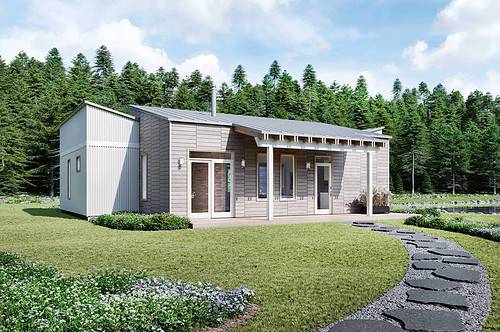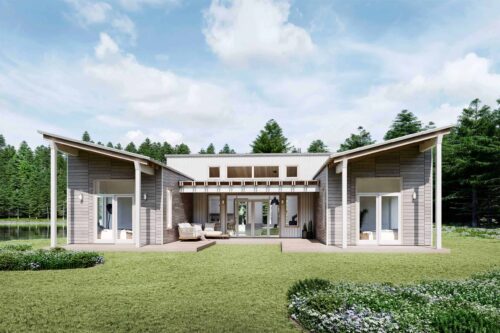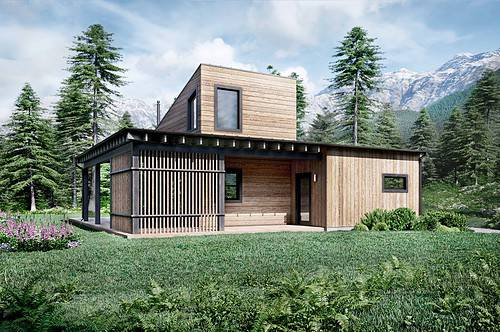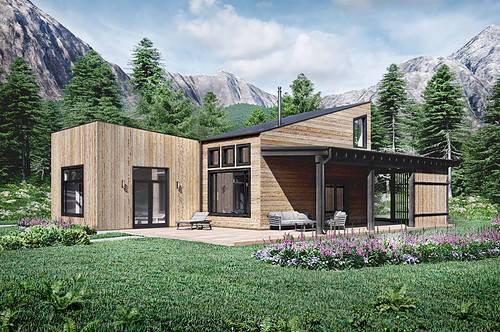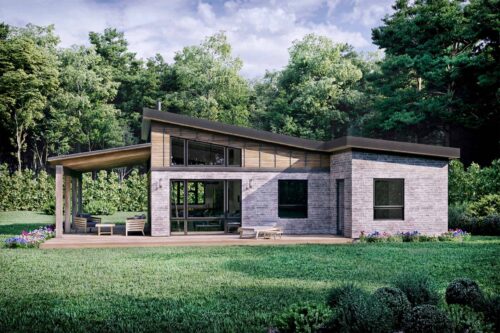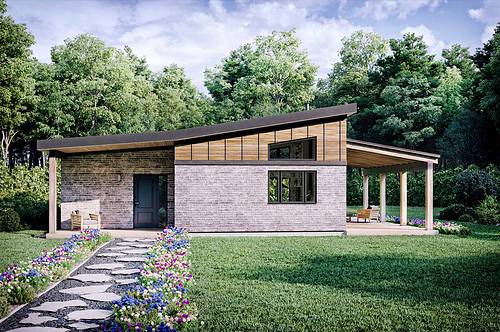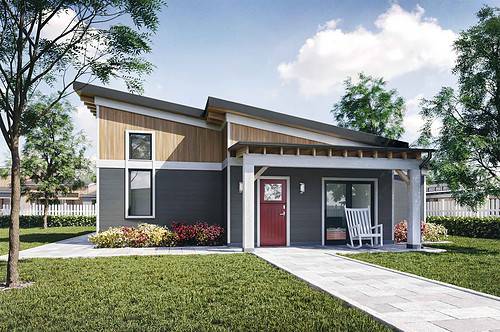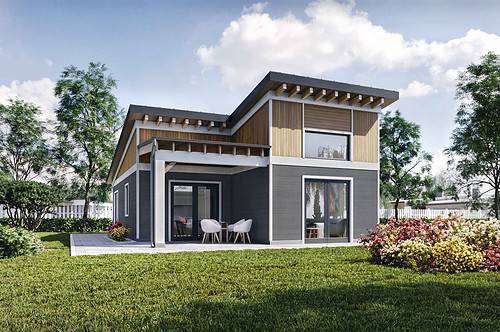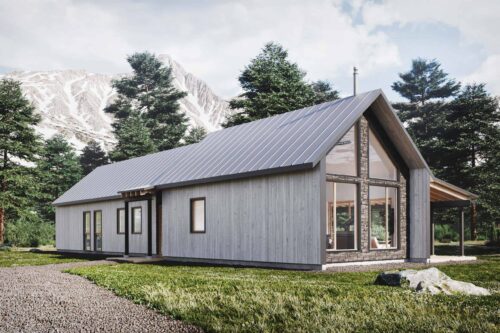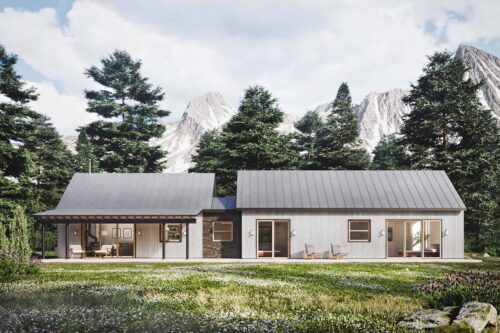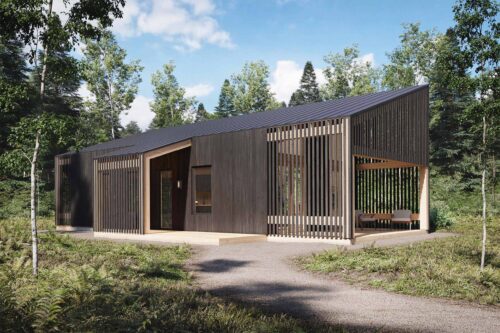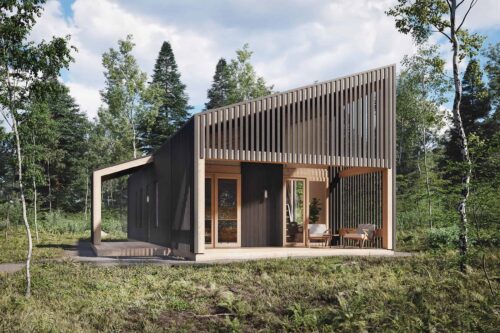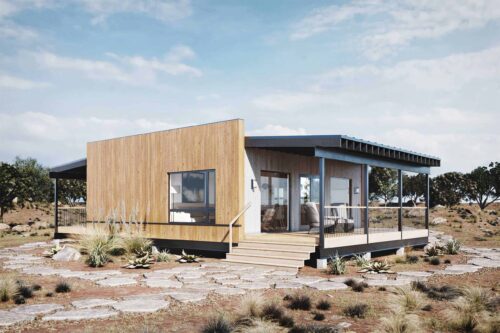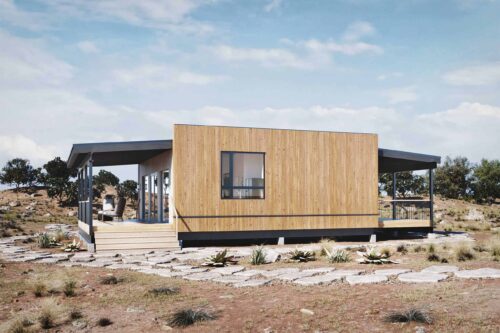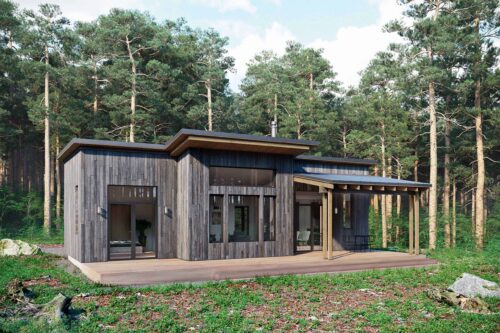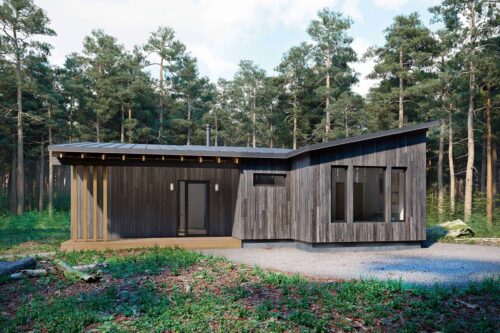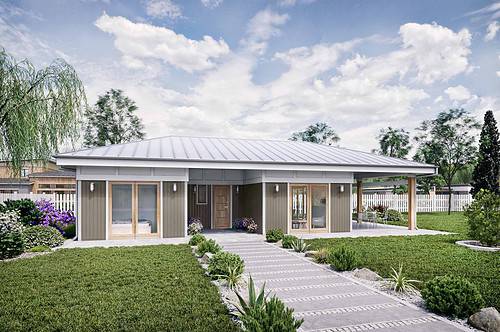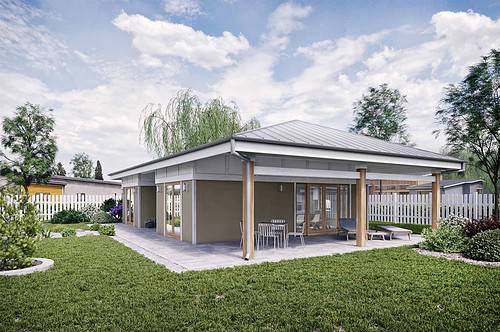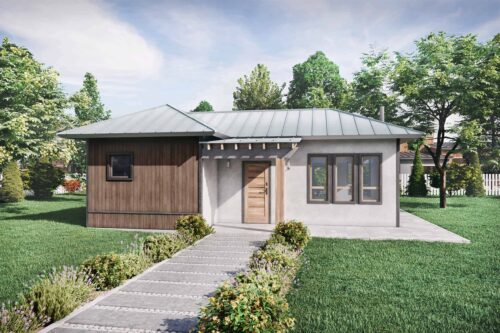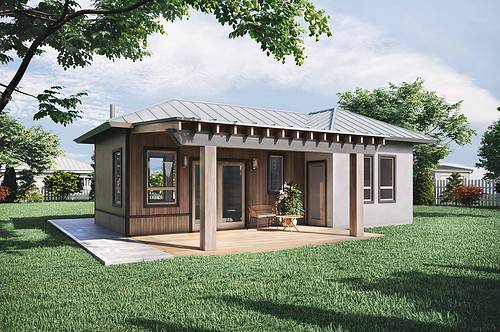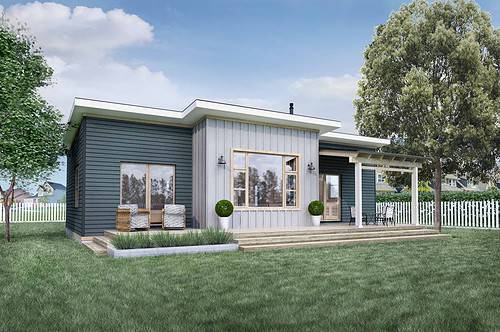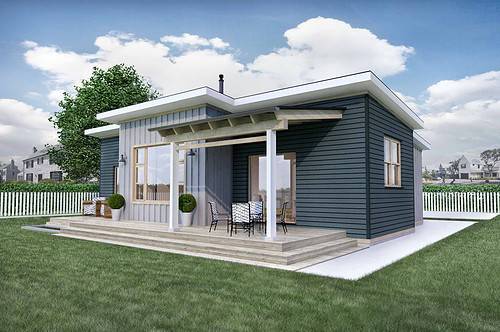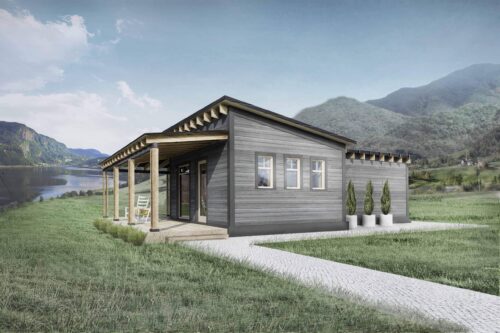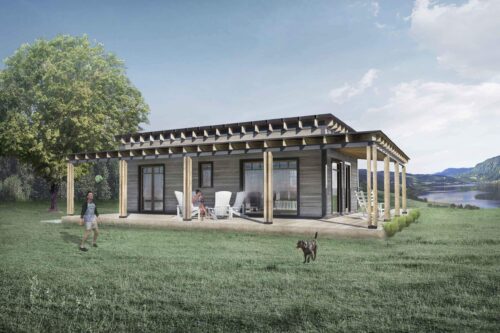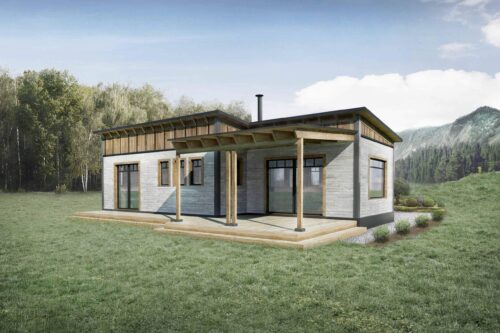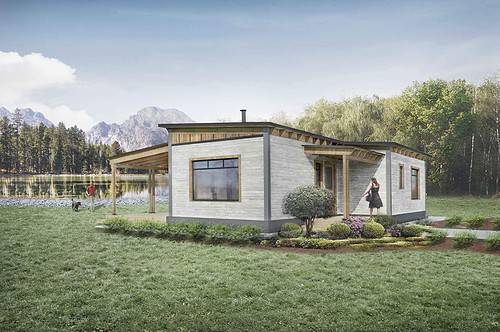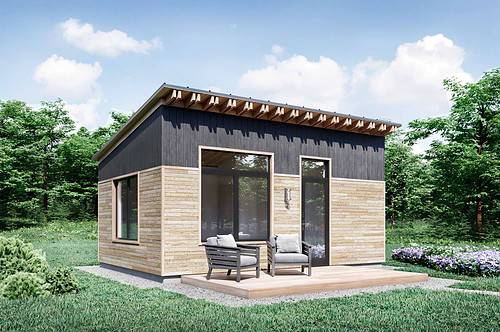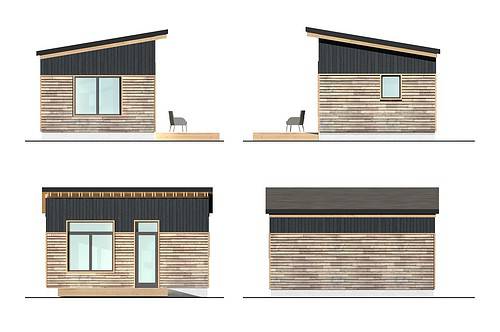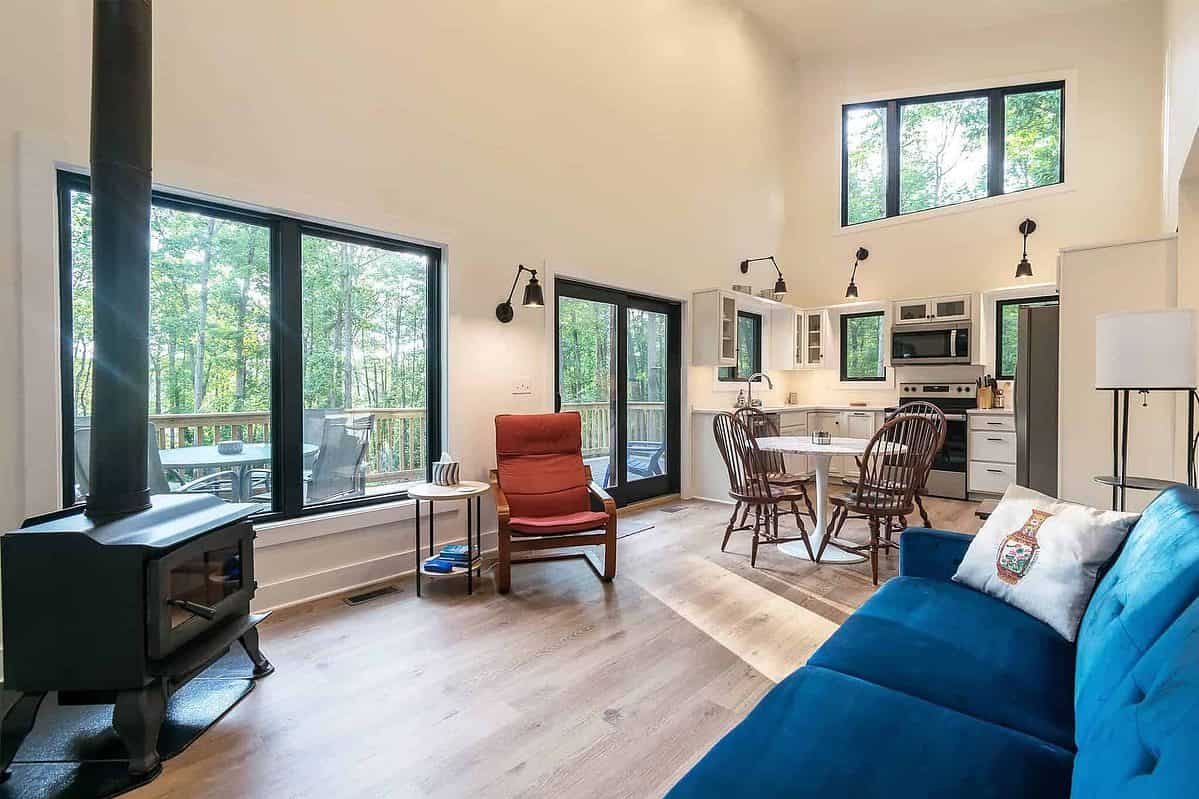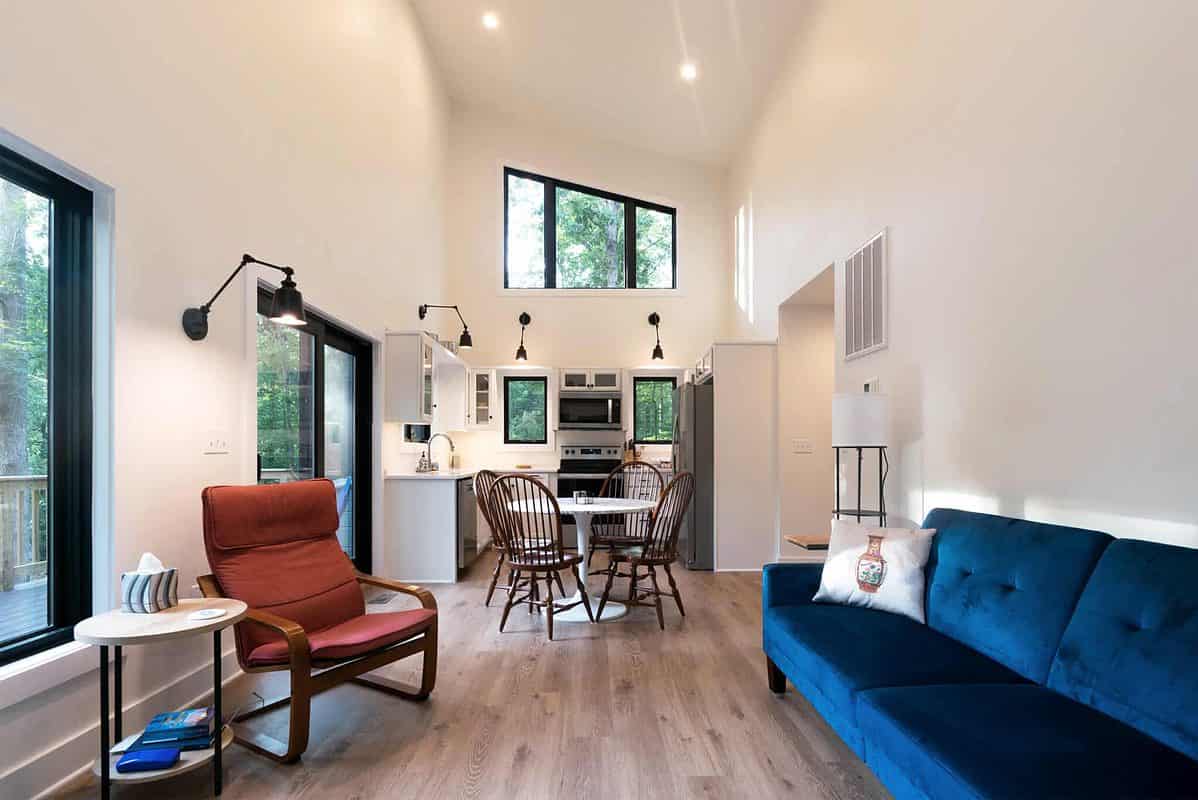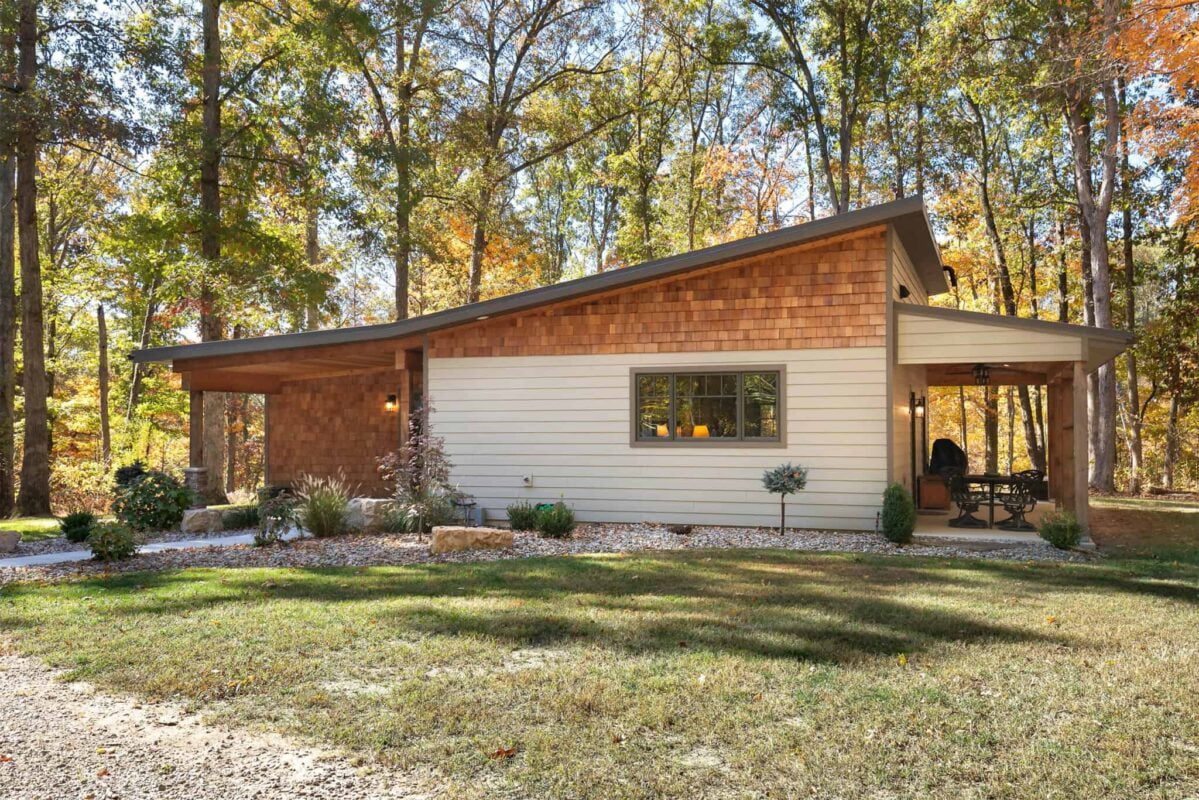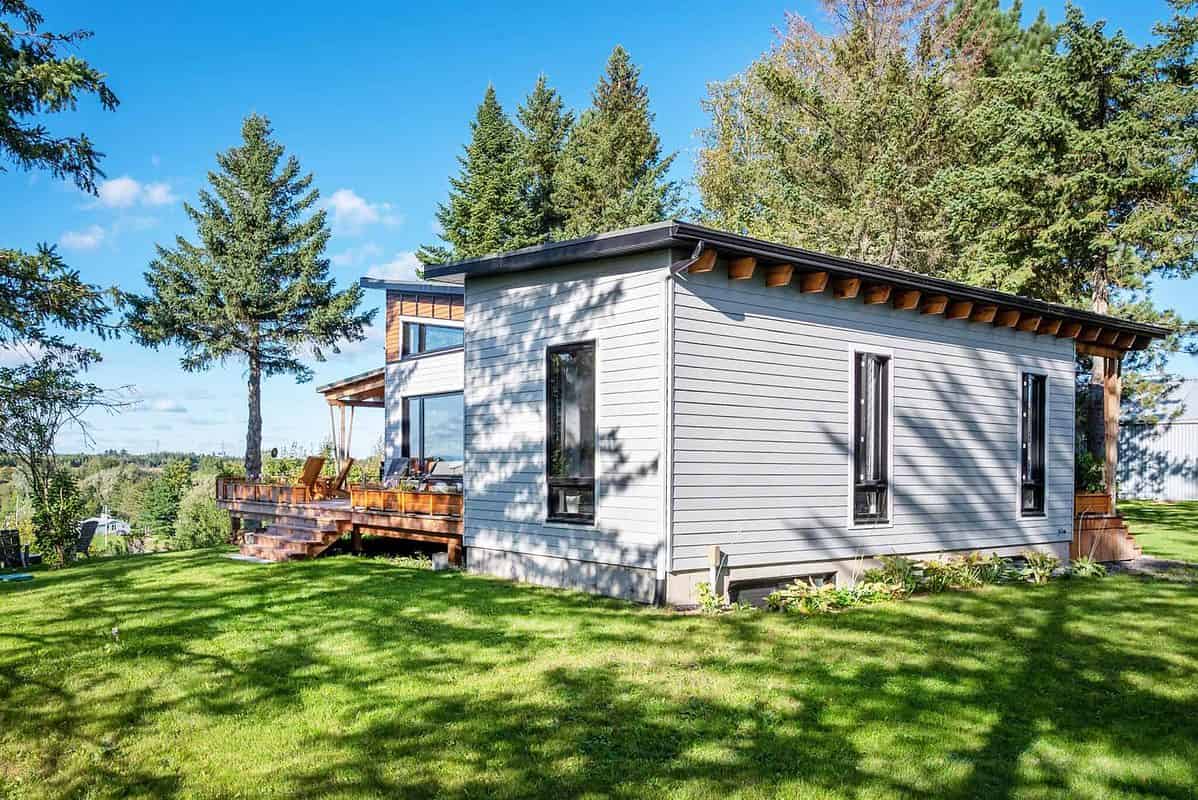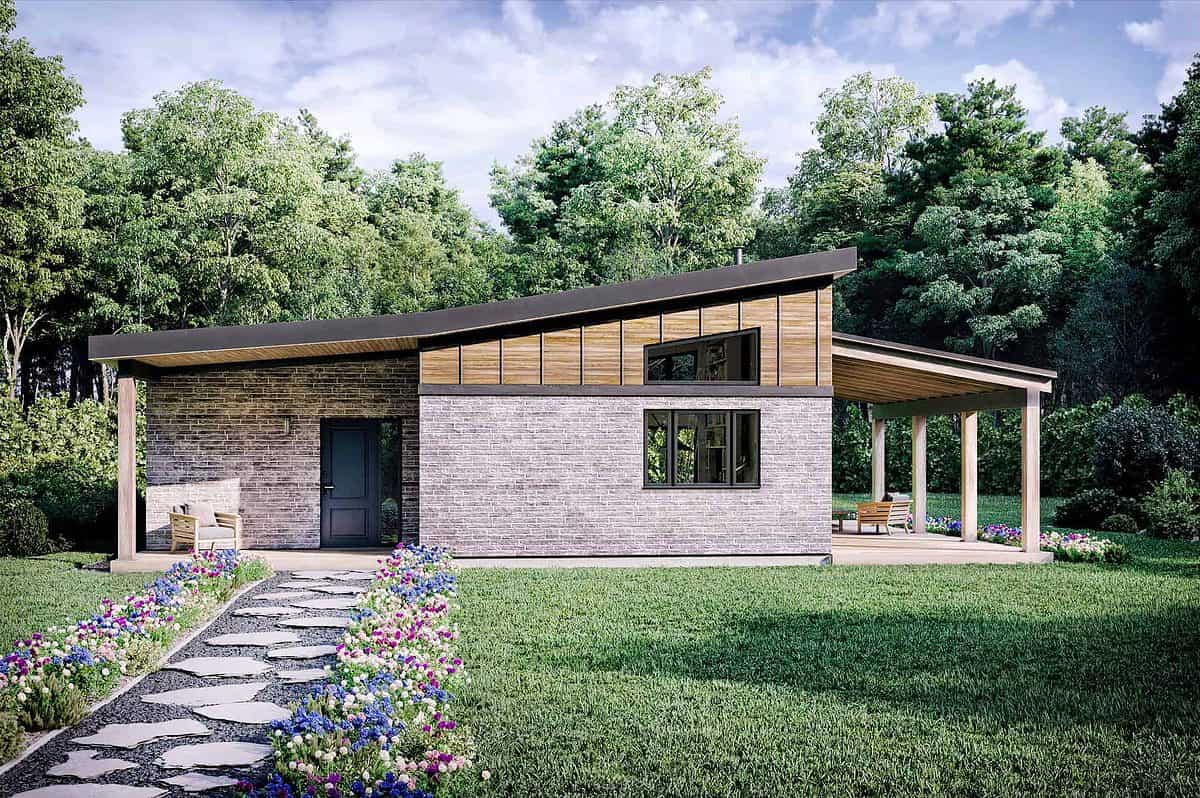No products in the cart.
Furniture and Appliance Options
Choosing the right furniture and appliances one story tiny house floor plans is essential for creating a comfortable and functional living space. Here are some tips for choosing the right furniture and appliances for your tiny home:
Choose Multi-Purpose Furniture
Choosing furniture that can be used for multiple purposes is essential for making the most of a tiny home. For example, a fold-out couch can be used for seating during the day and as a bed at night.
Choose Compact Appliances
When choosing appliances, look for models that are small and compact enough to fit in your tiny home. Look for energy-efficient and energy-saving models to reduce energy costs.
Opt for Wall-Mounted Appliances
Wall-mounted appliances can save a lot of floor space and make the home look more spacious. Wall-mounted appliances are a great option for tiny homes and can be used in the kitchen, bathroom, and living area.
How to Find the Right Floor Plans
When designing a one story tiny house, it’s important to find the right floor plans. Choosing from any of the available one story tiny house floor plans can be a daunting task. However, with the right research, professional help, and consideration of your needs and budget, you can find the perfect floor plans for your tiny home.
We will now quickly look at some tips for getting the right floor plans for your tiny house. Below are some tips to guide you:
Research Your Options
Taking some time to research the different floor plans and design styles available can help you give you an idea of what’s possible. Look for floor plans that maximize the space and make use of vertical space with lofts and split levels.
Work with a Professional Designer
Working with a professional designer is the best way to ensure that your tiny house floor plans are well-thought-out and properly constructed. Though it will cost you a bit, a professional designer can easily help you create the perfect floor plan for your tiny house.
Think About Your Needs
Consider your lifestyle and needs when choosing a floor plan. Think about how many people will be living in the house, your storage needs, and your lifestyle. This will help you narrow down your choices and find the perfect floor plan for your tiny house.
Consider Your Budget
At the risk of stating the obvious, you should make sure to consider your budget when choosing your floor plans. Some plans may be more expensive than others, so make sure to factor in the cost of materials and labor when making your decision.
Talk to Other Tiny Home Owners
Picking the brains of other tiny home owners can be a great way to get ideas and advice. They can give insight into their floor plans, building experiences, and tips for success. The information you will get from them can be crucial as you will be receiving firsthand information based on their experiences.



